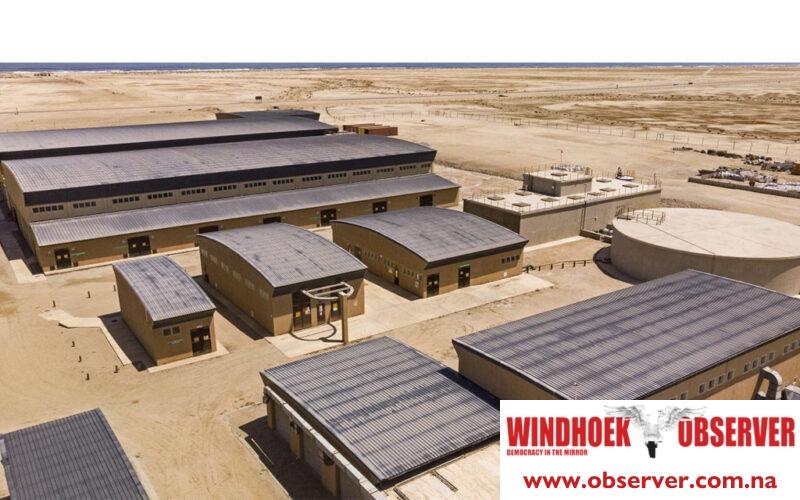Niël Terblanché
The China General Nuclear Power Group (CGN) has committed to building Africa’s largest desalination plant in Namibia after an agreement in this regard was signed between Namibia and China.
The project expected to significantly alleviate the country’s water shortages
With construction set to begin later this year, the plant, located in the Erongo region, is poised to deliver up to 25 million cubic metres of desalinated water annually upon completion in 2026.
The agreement was reached after Calle Schlettwein, the minister of agriculture, water and land reform, announced that the Namibian government gave the go-ahead to construct a second desalination plant in the Erongo region, with a production capacity between 20 and 25 million cubic meters in June this year.
The new facility will address the growing demand for fresh water in Namibia, particularly in the arid central and western coastal areas, where water shortages have long impeded industrial growth and agriculture.
It is especially critical as the country’s current freshwater sources, such as the Omaruru and Kuiseb aquifers and the Orano desalination plant, have reached their sustainable limits.
These sources currently supply up to 30 million cubic metres per year, falling short of Namibia’s projected future needs as population growth and industrial activities intensify.
This joint venture with CGN is part of the broader China-Namibia Belt and Road Initiative, a strategic partnership designed to boost infrastructure and economic development across Namibia.
The agreement between CGN and the Namibian government to build the desalination plant was not specifically mentioned as having been reached at the 2024 Forum on China-Africa Cooperation (FOCAC) Summit in Beijing.
However, the summit, which took place from September 4 to 6, 2024, focused on strengthening cooperation between China and African countries, and such infrastructure projects often fall under the umbrella of initiatives discussed at FOCAC.
The desalination project is part of the broader China-Namibia Belt and Road Initiative, which aligns with FOCAC’s goals of boosting Africa’s infrastructure and industrial development.
This initiative stresses the shared vision of addressing water scarcity in Namibia, particularly in arid regions and supporting economic growth in industries like mining.
The collaboration will not only provide long-term solutions for water scarcity but will also create jobs, stimulate industrial expansion, and secure water supplies for mining operations, which play a crucial role in the country’s economy.
The Husab Mine, Namibia’s largest uranium mine and another CGN investment contributed approximately N$8.6 billion to Namibia’s gross domestic product last year.
In addition to ensuring water supply for Namibia’s coastal regions, there are plans to eventually extend the plant’s capacity to serve the interior, including major cities like Windhoek.
The Namibian government has stressed that this project is vital for enhancing the country’s resilience to droughts, with the next phase of construction slated for January 2025.
Once operational by early 2027, the plant will join Namibia’s other desalination initiatives in securing a stable water supply to support the nation’s economic growth, while also serving the broader Southern African region.




